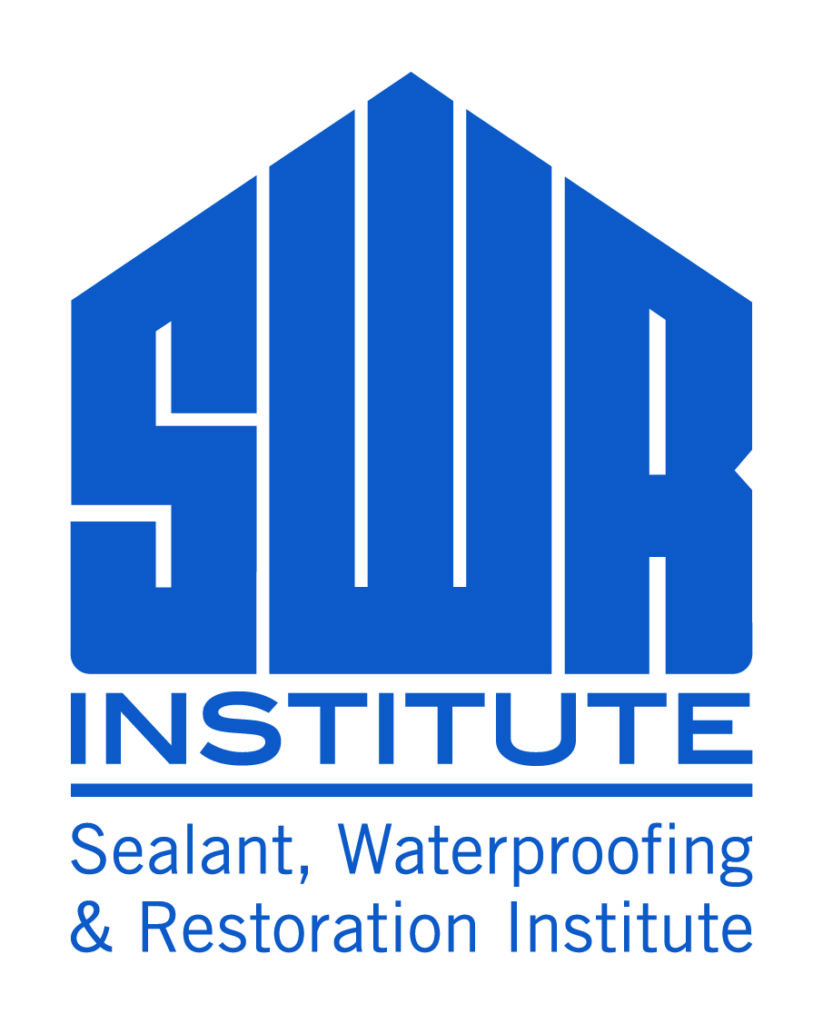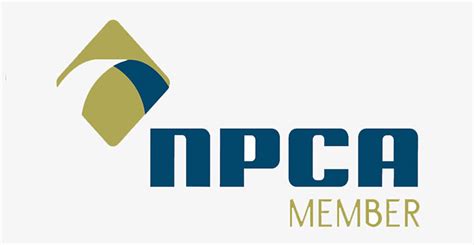Construction Adhesive Clean Up Made Easy with GluDown
GluDown, Inc® adhesives offer some tremendous advantages for tilt-up and other construction applications. Among them are high strength, simplicity and portability, instant tack and fast curing, quick application and clean-up, and bonding with a wide range of materials. It’s a highly versatile solution for uses like reveal strips, chamfer, weld plates, forming brackets, expansion joints, general repair and moisture barriers.
One aspect of the glue-down adhesive approach that’s often missed is how easily and efficiently it can be cleaned up when necessary, like when removing reveal strips after pouring a decorative wall for a tilt-up project. We’ve found that contractors around the country use many ways of cleaning. In fact, clean-up is the most common question we get.
Adhesive vs. Nails
The first thing to consider are the disadvantages posed by nailing down these kinds of materials. Not only is that process time consuming and labor intensive, it can lead to penetration of the moisture barrier under the slab. But aside from all that, removing them basically means doing the whole process in reverse to remove every nail or screw and patch every hole. And that doesn’t even consider the potential problems down the line with hole patches that will likely require ongoing monitoring and maintenance.
Gluing avoids all that expense and hassle.
Moreover, builders need to be aware of a new ruling from OSHA (1926.1153) that takes effect on September 23 of this year for the construction industry. It is intended to curb lung cancer, silicosis, chronic obstructive pulmonary disease and kidney disease in American workers by limiting their exposure to respirable crystalline silica. These airborne particulates are created by drilling or sawing into concrete and may require purchasing attachments for drills, vacuums for the particulates and generators to run the vacuums.
Find a Distributor near you.
Clean-Up Best Practices
First, remove any overspray right after bonding the reveal strips, forming brackets, etc. At this stage, you should be able to rub the glue right off the slab. We don’t recommend using solvents or citrus cleaners for overspray, if you intend to leave the bonded material in place.
There are two ways that adhesives can be removed, both of which offer significant benefits. A traditional method is to wait until the job is finished. Allow wear across the slab to reduce adhesive bonded to the slab. Then simply scrape it up with a flat-edged tool. Some contractors remove as much possible, spray water on the glue to loosen it and scrape off the rest. If necessary, a solvent or citrus-based cleaner can be applied and allowed to sit on the adhesive for 1-5 minutes before scraping. A tip: if you do use a citrus cleaner, test it on a small area to make sure it doesn’t stain the concrete.
Another, even more efficient, approach is to include the use of a ride-on unit in the project scope. An example is the Wagman Revolution rotary brush system. An operator sits comfortably on the unit and guides it across the slab to remove the adhesive. We recommend pouring water on the area to be cleaned prior to running the ride-on to help loosen the adhesive and reduce the risk of silicate dust. The unit will easily pay for itself in time and labor saved. We’ve seen this system clean a 500,000-sq.-ft. area in just two days.
Clean-up is just one of the factors that make gluing down a solid choice.
Contact us to learn more about GluDown and easy adhesive clean-up.







